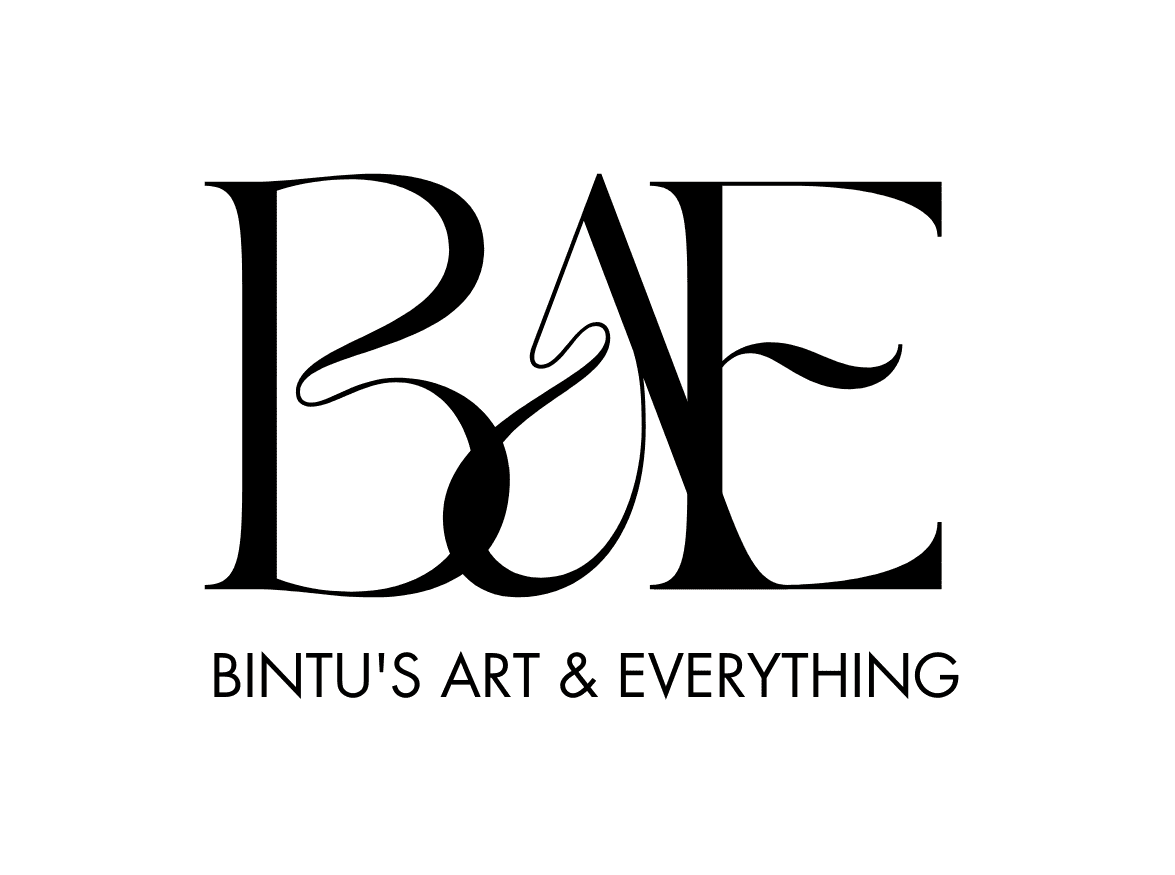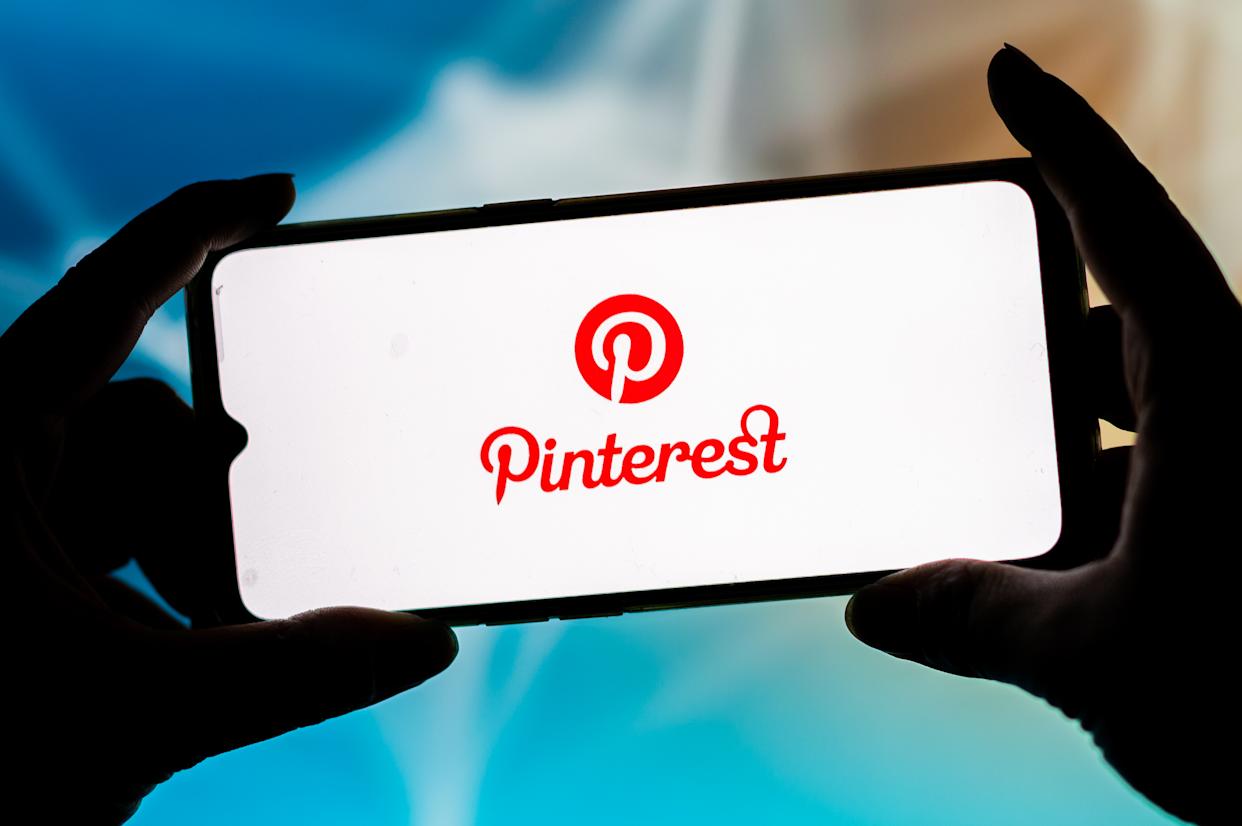Pinterest has finally listened to its users. After months of complaints about AI-generated content taking over feeds, the company has launched new tools that let you limit how much of that “AI slop” you see.
These new settings are designed to give users more control over their experience, helping them enjoy more real and human-made content instead of endless computer-generated images.
The Problem With AI Slop
In the past year, the internet has been flooded with AI-generated images and posts. This kind of content is often called “AI slop” because it can feel repetitive, low-quality, and lacking in the creativity that comes from real people. On Pinterest, a platform known for inspiration and ideas, this became a serious issue. Users began noticing that their feeds were filled with AI-made art, fashion designs, and home décor images instead of genuine human creations.
For many users, this ruined the experience. Pinterest was supposed to be a place to discover real ideas from real people. Instead, AI content started to dominate, making it harder to find original inspiration. Some users even said it felt like the platform was losing its soul.
Pinterest’s Response
To fix the problem, Pinterest has introduced new controls that allow users to decide how much AI-generated content they want to see. These controls are available in the app’s “Settings” section under a feature called “Refine your recommendations.” From there, users can reduce AI content in certain categories such as art, fashion, beauty, and home décor.
The company says it started with these areas because they were the most affected by AI images. Over time, Pinterest plans to add more categories based on feedback from its community. This means users will soon be able to personalize their feeds even more.
How to Use the New AI Controls
Using the new controls is simple.
- Open Pinterest on your phone or computer.
- Go to “Settings.”
- Tap “Refine your recommendations.”
- Choose the categories where you want to see less AI content.
If you change your mind later, you can go back and adjust your settings anytime. Pinterest is also adding options for users to report AI images as they scroll. When you see a post that feels too artificial, tap the three dots on the corner of the image and give feedback. This helps Pinterest improve your feed and make it more personal.
Why This Matters
Pinterest is known for creativity and discovery. When too much AI content takes over, it reduces the value of what users love about the platform. By giving people control over how much AI they see, Pinterest is helping restore trust and making sure the platform remains a space for real inspiration.
Matt Madrigal, Pinterest’s Chief Technology Officer, said the goal is to balance human creativity with AI innovation. He explained that the new controls let people enjoy the benefits of technology without losing the personal touch that makes Pinterest special.
This move is also part of a bigger trend. Many social platforms are now dealing with the same issue. As AI tools become more advanced, they produce more content than ever before. Some of it looks great, but much of it lacks authenticity. Users are starting to push back, wanting to see more from real people and less from machines. Pinterest’s decision could inspire other platforms to do the same.
The Growing AI Problem Online
According to Pinterest, around 57% of all online content today is AI-generated. That number is expected to keep rising. With so much synthetic material online, it is getting harder for users to tell what is real.
This has created frustration not just on Pinterest, but across the internet. Artists, photographers, and designers feel overshadowed by AI-generated images that can be made in seconds. At the same time, users who come to social platforms for inspiration feel like they are being fed the same generic images repeatedly.
Pinterest’s new controls are a way of addressing that. They put power back into the hands of users, giving them a choice to see less AI content if they prefer real creativity.
A Step Toward Balance
Pinterest is not banning AI-generated content completely. Instead, it is finding a balance. Some users actually enjoy AI-made art or designs and want to keep seeing them. Others prefer a feed that focuses on authentic ideas and human creativity. With the new settings, everyone can personalize their feed to match what they enjoy most.
The company is also improving its labeling system. Posts that are AI-generated or AI-modified will now have clearer labels, so users can easily tell the difference between computer-made and human-made content. This transparency helps users make informed choices about what they engage with.
The Bottom Line
Pinterest’s update shows that social media companies are starting to take user feedback seriously when it comes to AI content. The platform’s move could set a new standard for how tech companies manage the growing flood of artificial content online.
As AI continues to shape the digital world, the key challenge will be maintaining authenticity. Platforms like Pinterest are learning that people still crave real creativity, not just perfect computer-made images.
With these new controls, Pinterest is giving users what they want: the ability to make their feeds reflect their personal taste and values. It is a small but important step toward keeping the internet human.
In the end, Pinterest’s new tools are not just about limiting AI slop. They are about giving people choice, control, and trust. And that is exactly what every social platform needs right now.

